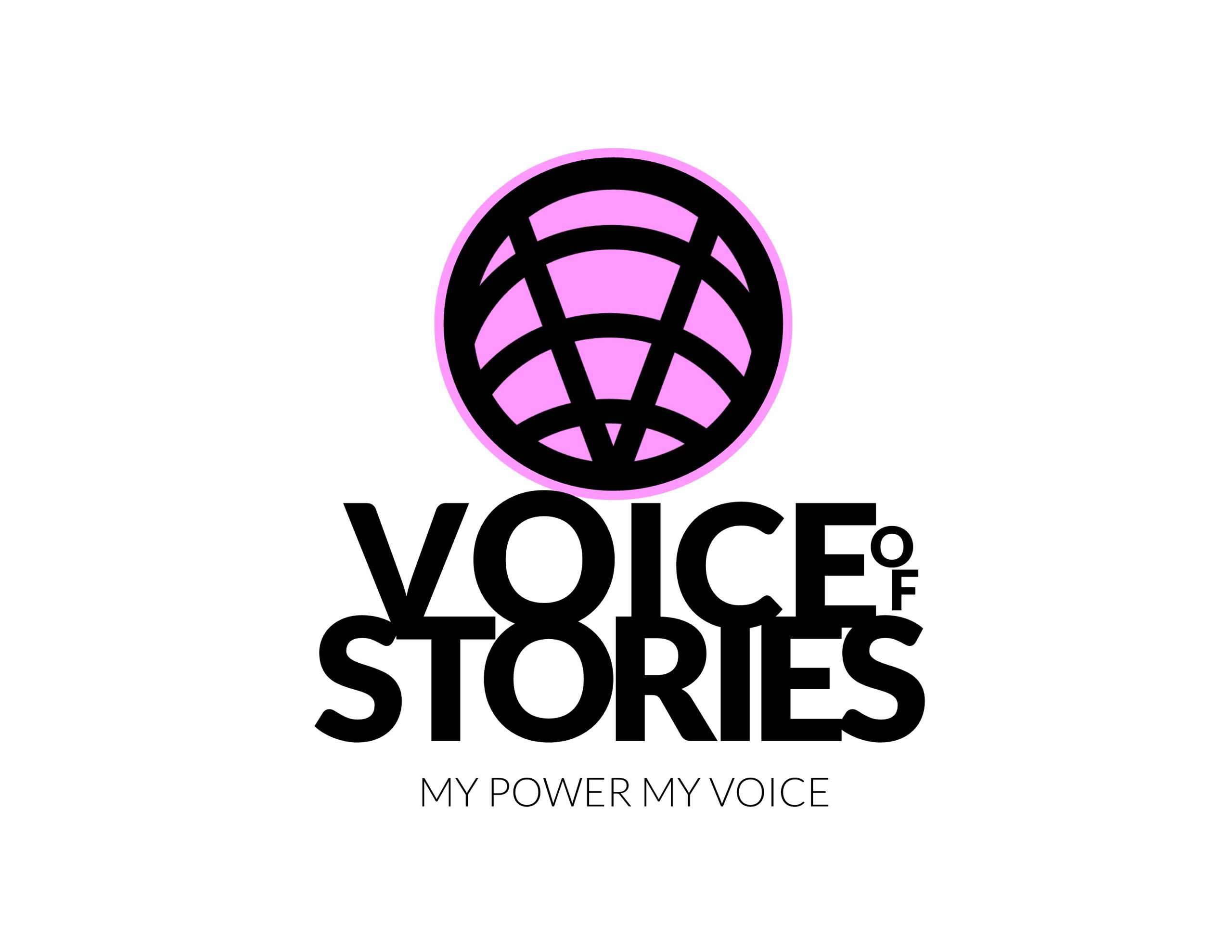Goal: Introduce children and teens to the art of poetry and spoken word, helping them express themselves creatively while building confidence in writing and performing.
—
Week 1: Introduction to Poetry and Spoken Word
Objective: Understand the basics of poetry and spoken word.
Activity 1: Read and listen to simple poems and spoken word performances. Discuss their rhythm and themes.
Activity 2: “What’s Your Word?” – Students pick a word that represents them and write a short phrase or line inspired by it.
Learning Outcome: Students understand what poetry and spoken word are and can create simple poetic lines.
—
Week 2: Exploring Rhyme and Rhythm
Objective: Learn how rhyme and rhythm enhance poetry.
Activity 1: Complete rhyming sentence prompts (e.g., “I see the sky, it’s so…”).
Activity 2: Clap or tap along with the rhythm of a spoken word performance and create their rhythmic lines.
Learning Outcome: Students can identify and use rhyme and rhythm in their poetry.
—
Week 3: Types of Poems: Haiku and Acrostic
Objective: Explore different poetry forms like haikus and acrostic poems.
Activity 1: Write a Haiku (5-7-5 syllable format) about nature or a favorite object.
Activity 2: Create an Acrostic Poem using their name or a word that represents them.
Learning Outcome: Students can create structured poems in specific formats.
—
Week 4: Descriptive Language and Imagery
Objective: Use sensory details to create vivid imagery in poems.
Activity 1: “Senses Poem” – Write about an object (e.g., a flower or a favorite food) using the five senses.
Activity 2: Create a “word collage” by drawing a scene and adding descriptive words around it.
Learning Outcome: Students can use descriptive language and imagery to enhance their poems.
—
Week 5: Exploring Couplets and Limericks
Objective: Experiment with couplets and limericks for fun and creativity.
Activity 1: Write Couplets (two rhyming lines) on a chosen theme like friendship or pets.
Activity 2: Create a playful Limerick following the AABBA rhyme scheme.
Learning Outcome: Students can craft short, structured, and rhythmic poems.
—
Week 6: Spoken Word Techniques
Objective: Learn techniques for performing spoken word poetry.
Activity 1: Practice voice modulation, tone, and pauses with a simple poem.
Activity 2: Perform a short poem to a partner, focusing on eye contact and expression.
Learning Outcome: Students can confidently perform short poems with expressive techniques.
—
Week 7: Writing and Polishing Original Poems
Objective: Write and refine original poems based on personal experiences or themes.
Activity 1: Choose a theme (e.g., nature, friendship, or dreams) and brainstorm ideas.
Activity 2: Write and revise an original poem, incorporating feedback from peers or instructors.
Learning Outcome: Students can write and polish original poems for presentation.
—
Week 8: Poetry Showcase
Objective: Celebrate creativity through a poetry performance.
Activity 1: Host a Poetry Slam where students perform their original poems.
Activity 2: Reflect on their journey, sharing what they’ve learned about poetry and themselves.
Learning Outcome: Students gain confidence in writing and performing poetry, appreciating the power of spoken word.



